Wildlife Notes
What Do I Do if I Find a Baby?
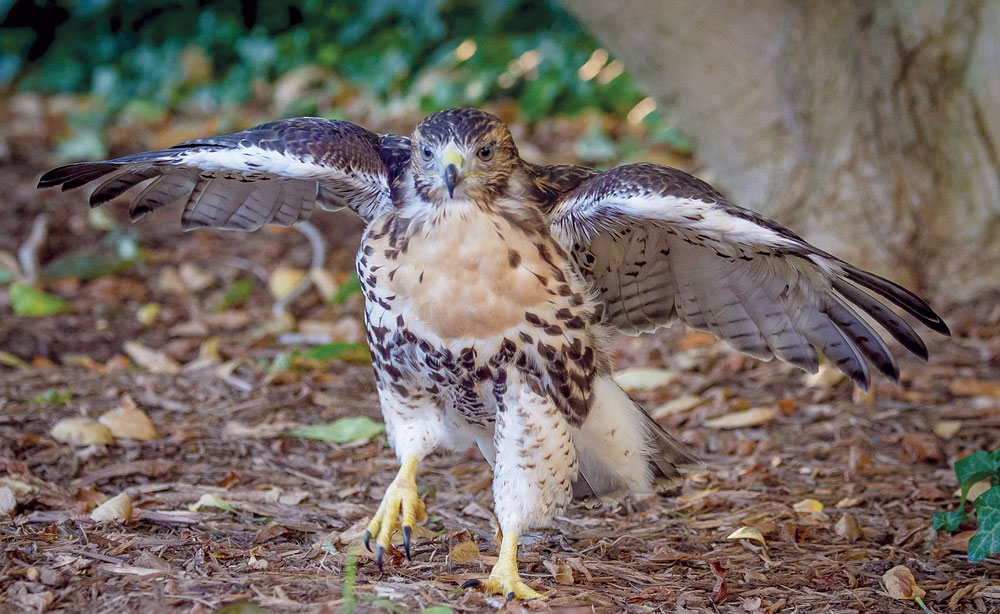
By Traci Pellar
Bird
The first thing to ask if a baby has fallen from its nest is: “Is it a fledgling or a nestling?” A fledgling has some feathers and can perch and hop. A nestling is fluffy with maybe some partially formed feathers. They usually can cry pretty loud, so let them cry and see if you can hear the parents answer. That way you will know which way to go. If you determine this little bird is a nestling, then try to locate the nest. If you can put it back, then definitely do so. There is a myth that you can’t touch wildlife or the mother will reject it. This is not always true. Wildlife mothers are some of the best, bravest mothers and definitely don’t care if their baby stinks a little. With that said, if you cannot find the nest or cannot reach the nest, you can create a little makeshift nest and the mother will find that baby and feed it. Watch from a distance as the baby cries and mama and papa feed. It’s always such a good feeling. If you do end up making a nest, look up on the internet what kind of bird you have and how to make a nest. Make sure your nest is safe from predators. If you end up needing to rescue your little bird, make sure it’s in a cardboard box, nice and dry and dark. Keep it warm and call a rescue center.
If it’s a fledgling, possibly you will be scolded by the parents, especially the Black Phoebes (they finish their flight training on the ground). If it is a fledgling, keep your distance as well as your pet’s distance—that’s the best way you can help, by protecting them. If you see that they are hopping into the busy street or some danger, go ahead and pick them up and take them back to their nest spot. You can keep tabs from afar, but do not interfere with the flight training. The parents are watching somewhere, or will return shortly.
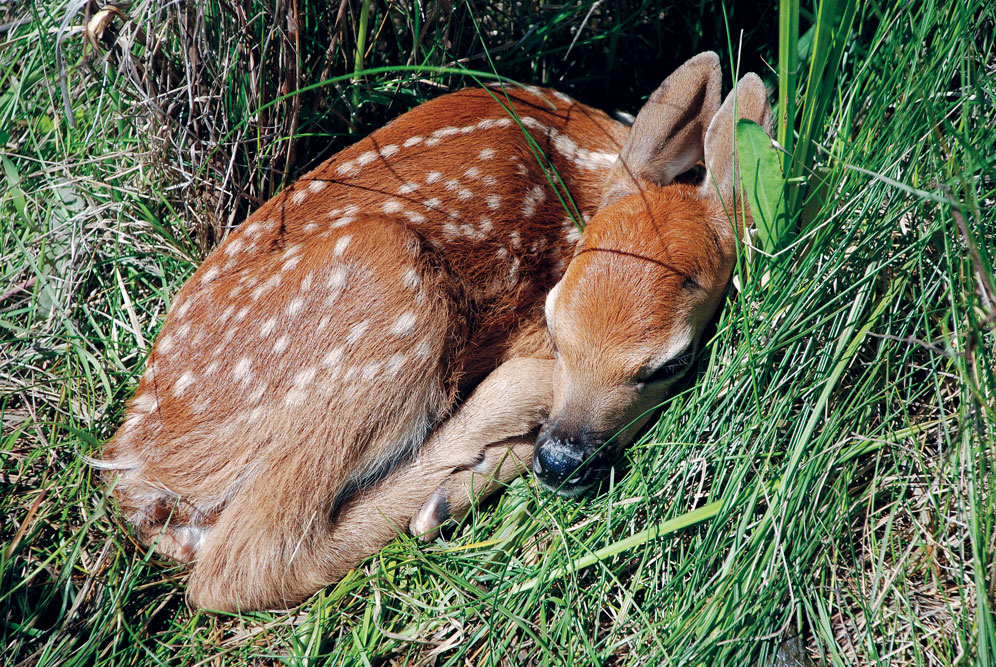
Deer
A baby deer is called a fawn. The way you know it’s a fawn is if it has spots. If you see a fawn in the grass all alone looking abandoned, fear not, that baby is under strict instructions to stay put. So make sure to leave it alone and keep your dog away. Now, if you observe this baby for more than 48 hours and it looks like its mama is not coming back, then please call the Sonoma Fawn Rescue (707-931-4550) and get advice. A sign of distress in a fawn is curling at the tips of the ears. If you see curled tips be sure to note this when you speak to the fawn rescue team.
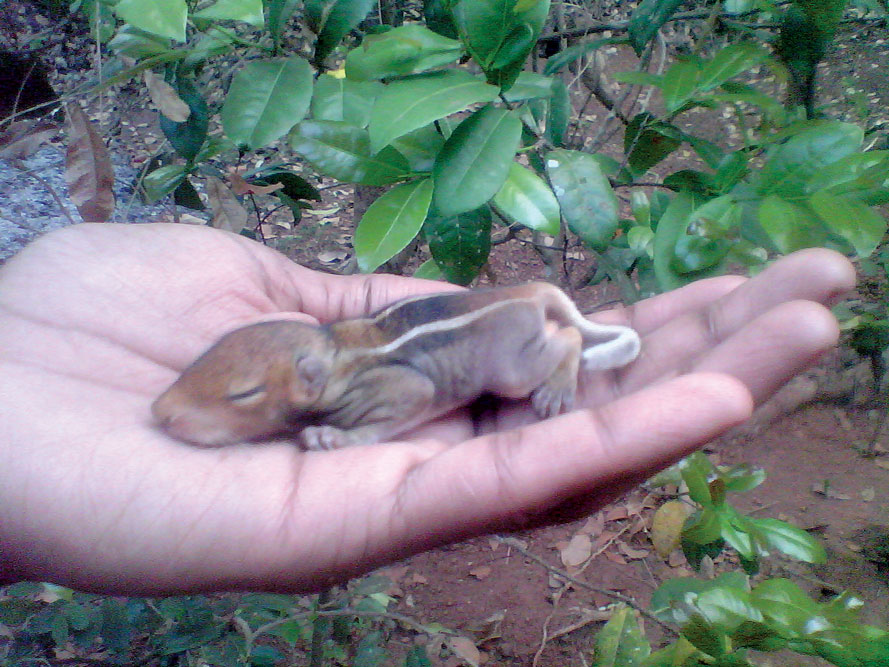
Squirrel
Well, this is where it gets tricky. Mama Squirrels have been known to disown babies because of the stink of humans, but it’s not a given. So, what do we do if we see a baby squirrel? Let it cry, let it cry! Give it some hours, maybe all day if it’s warm enough. If it cries its little heart out and still no mama, scoop that baby up and get it warm. There are lots of suggestions online about how to make a nest box and get a baby squirrel warm. I absolutely recommend not nursing them at home unless you have been trained, because squirrels can aspirate really easily (pull fluid into their lungs). You can also try to put it back in its nest and see what happens. Please wear gloves or use a towel. Call for help.
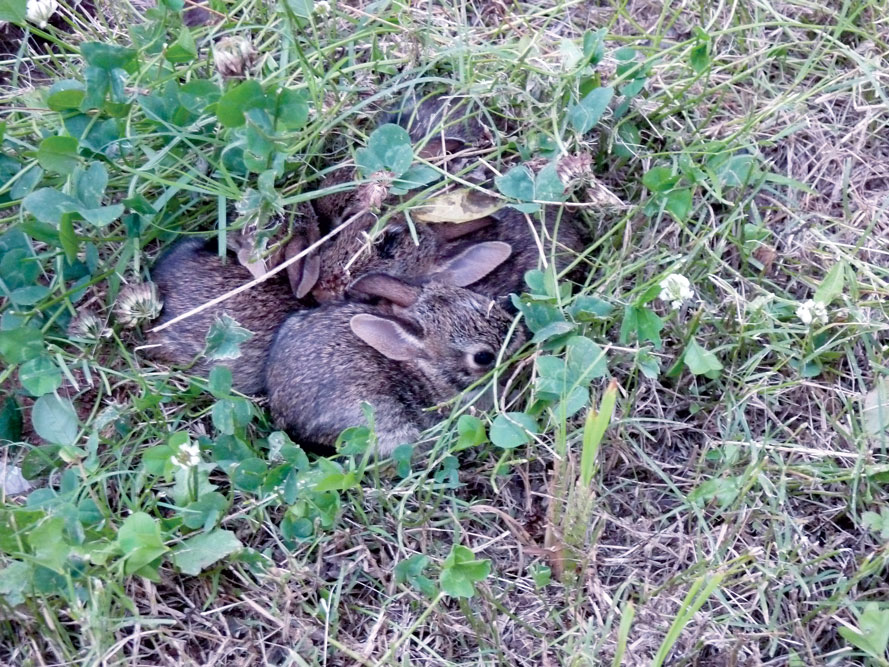
Hare
Mamas have between 2 and 4 babies per litter. Baby hares are called leverets. They are born fully furred and eyes open. Like the fawns, they are given strict orders to stay in place and not move whilst mom forages. If you come upon these babies after 48 hours and still no mom, scoop them up, get them warm, and call your local rehab.
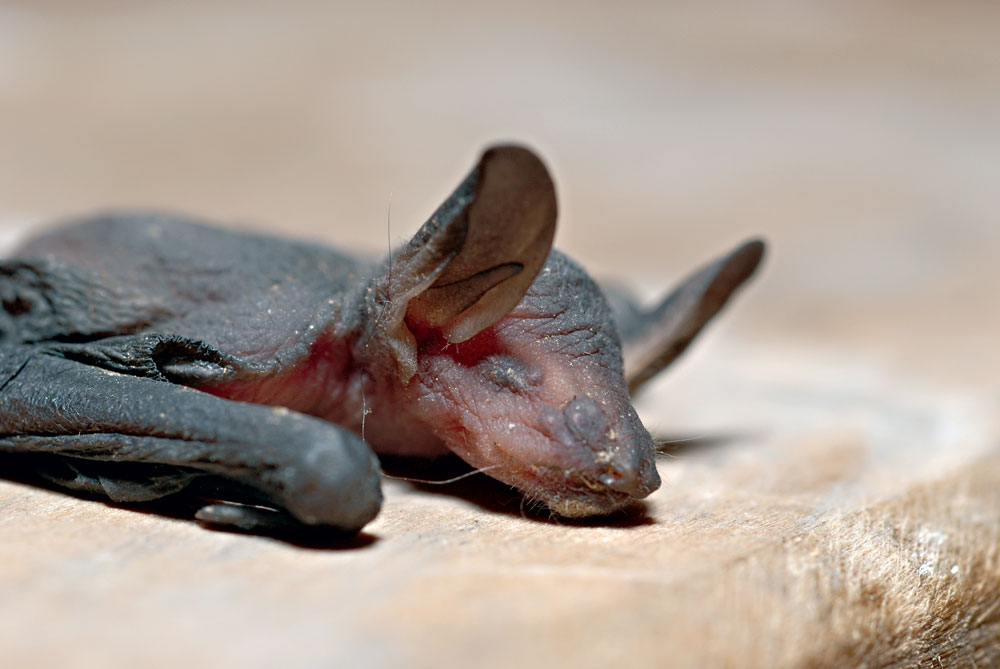
Bat
Baby bats are called pups. They are usually born in June and take a few weeks to wean. It is of utmost importance to not perform Wildlife Exclusion during this time, or the babies will all die. Wildlife Exclusion is when we have wildlife living in our house and we need to get them out and make sure they don’t get back in. When I say exclusion for bats, I am referring to making a one-way door to get rid of bats in your attic or wall. Please wait until after mid August or even better, September, to exclude them. If you find a little bat on the ground it may need help getting flight. With gloves you can hang it from a tree to help with take off! Read up on that one….
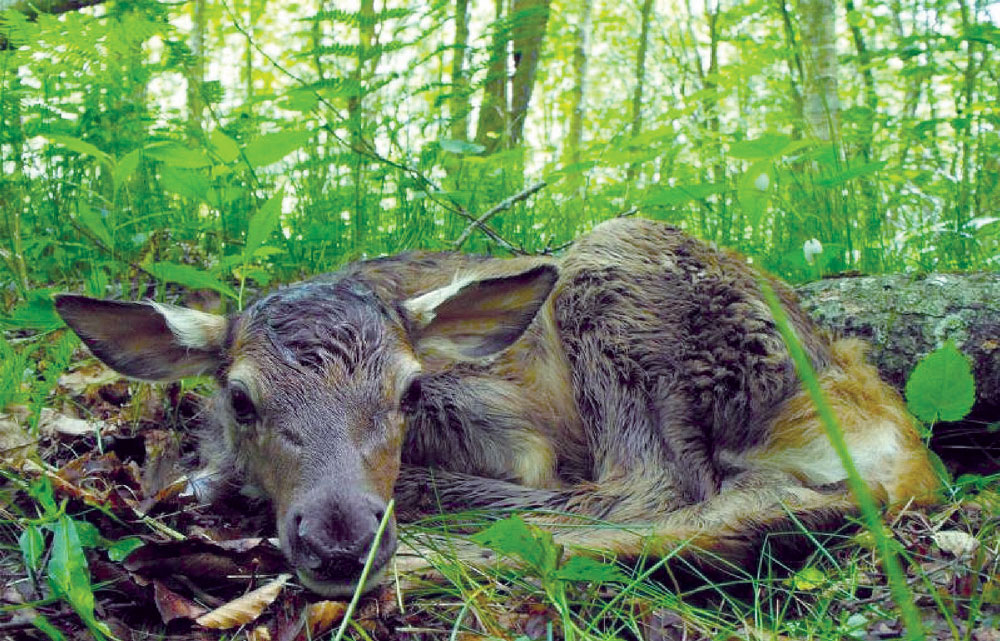
Elk
Don’t even look at them. Stay away from any elk in general, especially the calves. Whoo…that was a close one.
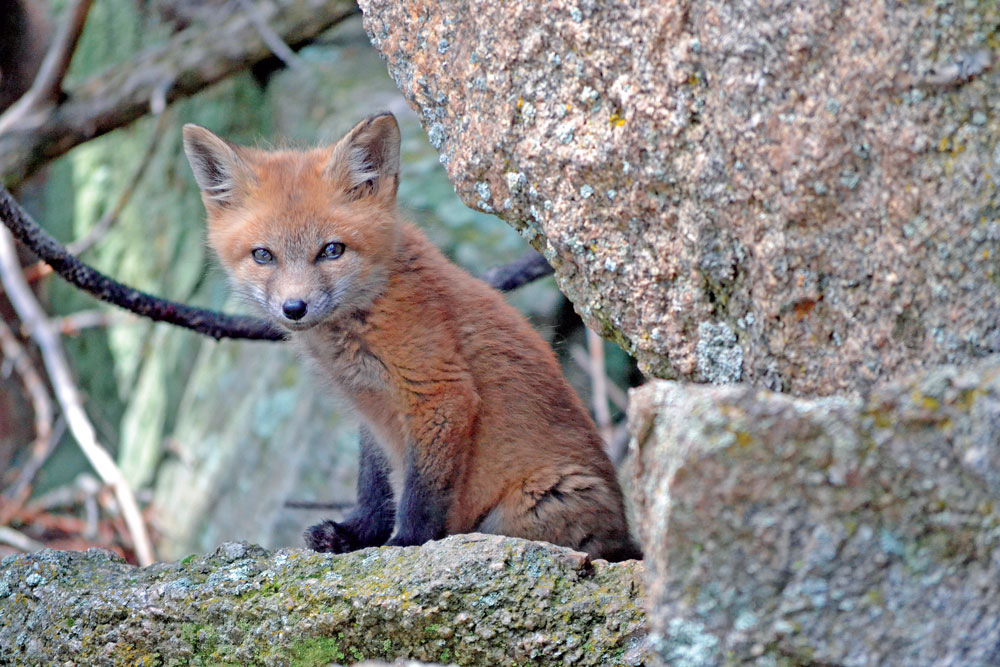
Fox
IF you are lucky enough to have foxes denning under your deck or your house, fear not. Just enjoy. Yes, there may be an extra dropping or two, but they will repay you kindly by being the best rodent control you’ll ever have. They do not bother cats, so don’t worry about that either. Their cubs/kits usually can eat solid food and go explore with parents around 4–6 weeks. So, in a couple months everyone will move out and all is good. Here in Mendocino we only have grey foxes, one of the oldest species of fox. Even though they have some rust color on them, they are our beloved greys.
Here are some extra tips for helping keep our wild babies safe:
- Do tree work in the winter.
- Try to keep cats and dogs on leashes or with bells (bells don’t work so great, but it’s something).
- Be aware of your backyard and who lives there.
- Wildlife has been here with us from the beginning. It’s where we come from, it is our first teacher. Maybe make a journal record of who lives with you.
Wildlife Rescue Hotlines
- Mendocino Wildlife Association Hotline, (707) 984-6363 www.mendowildlife.com
- Humboldt Wildlife Care Center, (707) 822-8839, birdallyx.net
- North Coast Marine Mammal Center, (707) 465-6265, northcoastmmc.org
- Sonoma County Wildlife Rescue Hotline, (707) 526-9453 www.scwildliferescue.org
For more information:
www.mendowildlife.com
or mendowildblog.com

Traci Pellar has been an advocate for wildlife education and habitat conservation for more than 30 years. She currently serves on the Willits Environmental Center Board of Directors and is the co-founder of the Mendocino Wildlife Association. Stay wild baby!!
